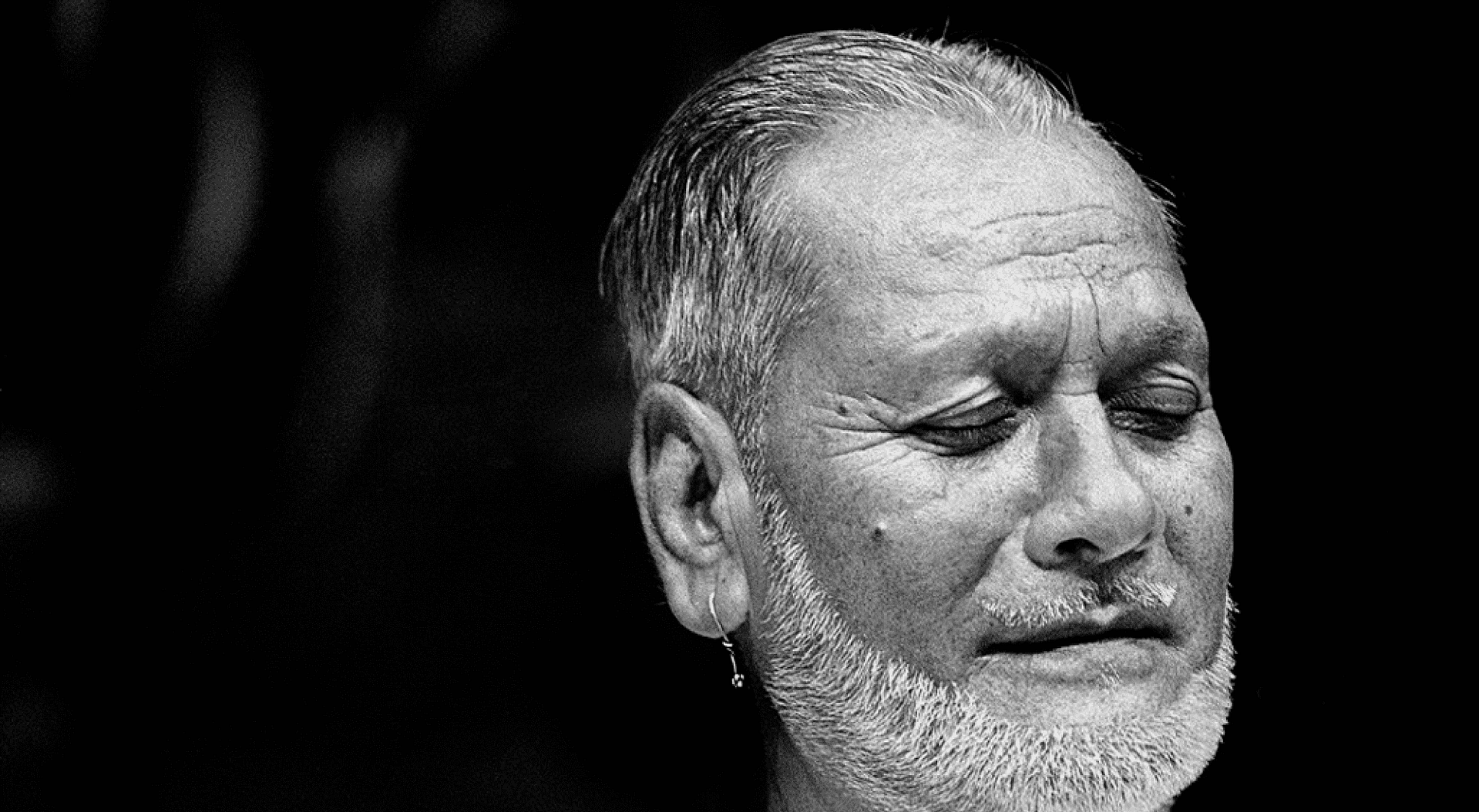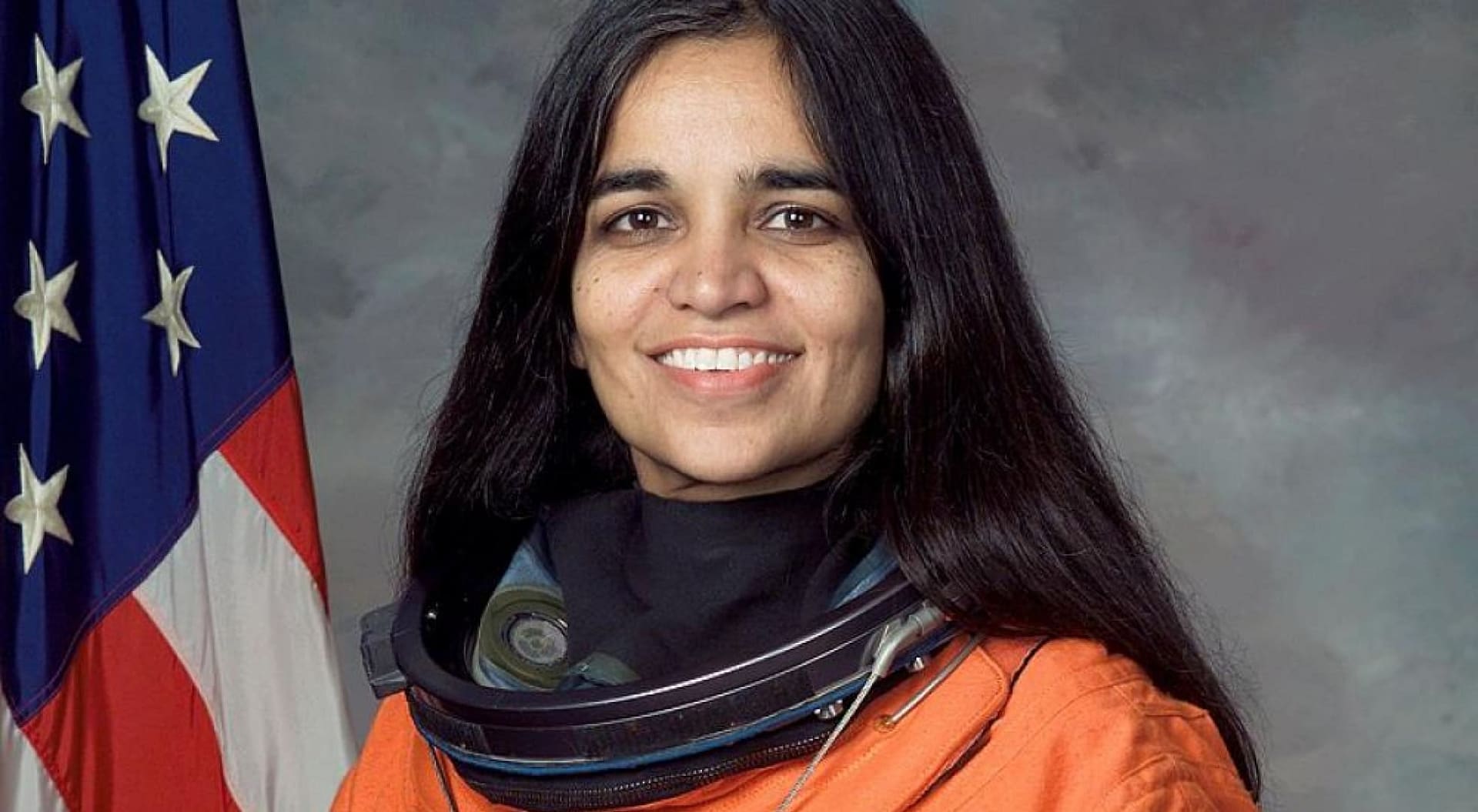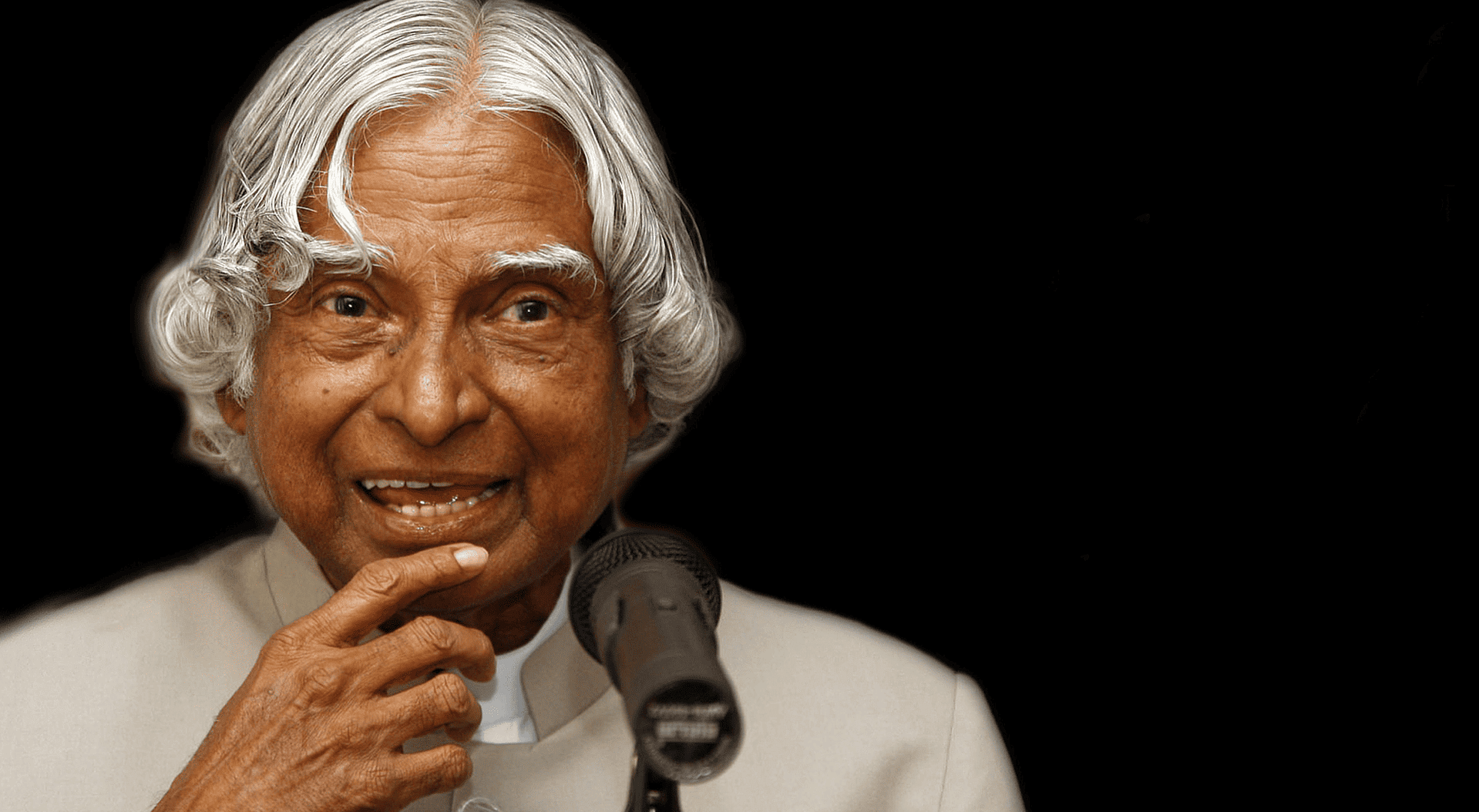Ustad Bismillah Khan was a great Indian shehnai maestro from Benares and was awarded the Bharat Ratna in 2001 as the third classical musician. Bharat Ratna is the highest national award in India. He has become world famous for playing shehnai for more than eight decades.
Birth history and background
He was born into a Bihar Muslim family in Bhirung Raut Ki Galim, Dumraon, Bihar on 21 March 1916. He was the second son of Paigambar Khan and Mitthan, named as Qamaruddin to rhyme with his brother Shamsuddin. It is believed that his grandfather Rasool Baksh Khan named him as Bismillah after taking care of him as a newborn. Bismillah Khan’s ancestors are believed to have been court musicians and used to perform at Naqqar Khana in the princely states of Bhojpur (now Bihar). Bismillah Khan’s father used to perform shehnai in the court of Maharaja Keshav Prasad Singh at Dumraon Estate, Bihar.
It is believed that when he was only six, he went to Varanasi and completed his training under his uncle, Ali Baksh Vilayat. His uncle played the shehnai at the Kashi Vishwanath temple in Varanasi.
Religious history
He was a great follower of Saraswati (the Hindu goddess of wisdom and arts) even though he came from the Muslim religion. He was also a fan of many Indian musicians and played shehnai in Hindu temples including the famous Vishwanath Temple on the banks of the Ganges River in Varanasi. Performed for divine master Prem Rawat.
Career History of Bismillah Khan
He was perhaps the only one who played the shehnai (a famous classical instrument) by himself. At the All India Music Conference in Calcutta in 1937; gave shehnai the center of Indian music. He was one of the finest musicians in Indian classical music and is renowned for his monopoly on shehnai and Hindu-Muslim unity. Throughout his life, he played shehnai to audiences around the world, spreading the message of peace and love through his music. He devoted himself fully to his art and is even believed to have referred to his shehnai as his begum after the death of his wife. After his death, the shehnai was buried with his body.
His performance at Red Fort in Delhi
Bismillah Khan received the rarest honor of performing at the Red Fort in Delhi on the evening of India’s Independence Day in 1947. He also performed raga Kafi on the eve of the first Republic Day ritual on 26 January 1950 from the Red Fort. This performance of his is added as a cultural part of India’s Independence Day celebrations and his show is aired every year on 15th August on Doordarshan channel. Doordarshan channel telecast a live performance of the shehnai maestro just after the Prime Minister’s speech at Lal Qila in Old Delhi. This custom dates back to the Pandit Nehru period.
History of film
Bismillah Khan had a short history in Indian films. He played his shehnai for the role of Rajkumar in the Kannada film Sanaadi Appanna. He acted in Jalsaghar (a Satyajit Ray film) and played shehnai in Goonj Uthi Shehnai in 1959. Film director Goutam Ghose directed Sange Meel Se Mulaqat on the life of Bismillah Khan.
His student life
He rarely accepted students. He met Satguru Jagjit Singh Ji (the current master of the Namdhari Sikhs) and saw a very brilliant young man, Baljit Singh Namdhari, playing the tarshenai. Bismillah Khan welcomed Baljit Singh Namdhari as a student. In 1999, he accepted two more students, Kirpal Singh and Gurbaksh Singh Namdhari playing the tarshenai. Another student of his is Usthad Hassan Bhai (presently in Kasaragod).
His personal life history
He fell ill on 17 August 2006 and was admitted to Heritage Hospital, Lanka Varanasi for treatment. He died just four days after being admitted to the hospital on August 21, 2006 of chronic cardiac arrest. He left behind a large family of five sons, three daughters and a large number of grandchildren.
The Indian government declared the day of his death a day of national mourning. His body was buried along with his begum, Shehnai at the Fatemain graveyard in Varanasi under a Neem tree. His body was buried with a 21-gun salute by the Indian Army.



